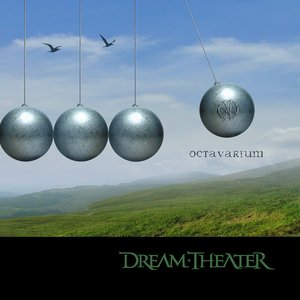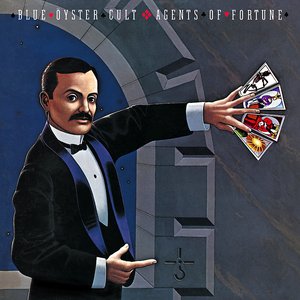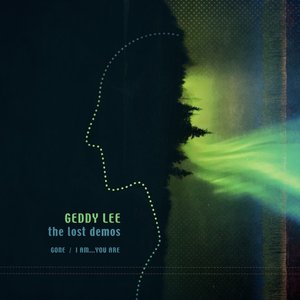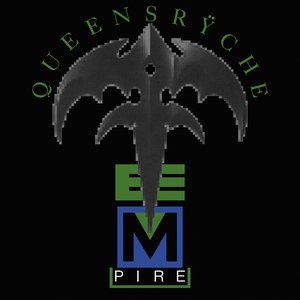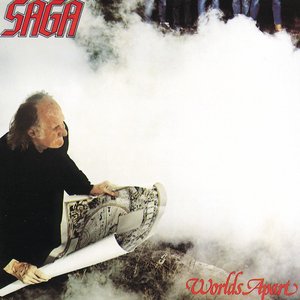Wiki
-
Release Date
15 September 1975
-
Length
3 tracks
Caress of Steel is the third studio album by Rush, released in 1975. The album shows more of Rush's adherence to the standards of progressive rock. Long pieces, pieces broken up into parts, and solo passages of speed and agility are all included. The album is often considered notable for the inclusion of the band's first epic piece, "The Fountain Of Lamneth", which runs to nearly 20 minutes and comprised the whole of side two of the original vinyl release. Intended to be Rush's breakthrough album, it sold fewer copies than their previous record and was considered a disappointment by their record company, with the tour becoming known as the "Down The Tubes Tour".
Despite its relatively poor sales, the album charted higher in the US than Rush's previous release Fly by Night (as stated in the liner notes to Rush's The Spirit of Radio Greatest Hits 1974-87 album). The album was certified Gold by the RIAA in 1993. The next year's follow-up album, 2112 would pave the way for Rush's commercial success with its own 21-minute epic.
Originally, the album cover was supposed to be in silver hue to give it a "steel" appearance. A printing error resulted in a copper color for the album cover.
Some cassette printings of this album had "Didacts and Narpets" and "I Think I'm Going Bald" switch places (possibly due to cassette tape length and to balance out both sides), and all of the movements of "The Fountain of Lamneth" were listed as separate songs.
Track listing
All songs written by Alex Lifeson, Geddy Lee and Neil Peart, except where noted.
Side one
"Bastille Day" – 4:37
"I Think I'm Going Bald" – 3:37
"Lakeside Park" – 4:08
"The Necromancer" – 12:30
"I. Into the Darkness" – 4:12
"II. Under the Shadow" – 4:25
"III. Return of the Prince" – 3:52
Side two
"The Fountain of Lamneth" – 19:58
"I. In the Valley" – 4:18
"II. Didacts and Narpets" – 1:00
"III. No One at the Bridge" – 4:19
"IV. Panacea" (music: Lee) – 3:14
"V. Bacchus Plateau" (music: Lee) – 3:16
"VI. The Fountain" – 3:49
Bastille Day
Rush's Led Zeppelin influence is still prominent on this record, most obviously in the song "Bastille Day" (which discusses the storming of the Bastille in the French Revolution), though it is apparent on all three of the shorter songs on the album. "Bastille Day" reappeared on the "R30" CD and DVD as part of the instrumental R30 Overture.
I Think I'm Going Bald
"I Think I'm Going Bald" was written for Canadian rocker Kim Mitchell, who at the time was the frontman of the band Max Webster. It is also stated in the book "Contents Under Pressure", that the song "I Think I'm Going Bald" was written as an homage to KISS' "Goin' Blind".
Lakeside Park
Mentioned in the song "Lakeside Park", May 24 is Victoria Day, a Canadian holiday. Lakeside Park itself is a park in Port Dalhousie, St. Catharines, Ontario, where lyricist Neil Peart grew up and worked as a teenager during the summer.
The Necromancer
A necromancer is one who practices necromancy, a type of divination involving the summoning of Operative Spirits to discern information about the future. "The Necromancer" starts with heavy influence from J.R.R. Tolkien's literary mythology. The Necromancer was a pseudonym used by Tolkien in the Lord of the Rings for the character Sauron. The song departs from the story of the book as Part III sees the return of By-Tor from Fly by Night, this time as a hero and not a villain. "Return of the Prince" was also released as a single in some countries.
On the inside gatefold of the album, just below the lyrics to "The Necromancer", the Latin phrase "Terminat hora diem; terminat auctor opus" appears. This translates (loosely) to:
" The hour ends the day; the author ends his work".
The Fountain of Lamneth
The final song on the album , "The Fountain of Lamneth", predates epics like "2112" and the Cygnus X-1 series, and is only 34 seconds shorter than "2112". It also forms a complete story, this one about a man in search of the Fountain of Lamneth, and chronicles the individual occurrences of his journey.
Didacts and Narpets
Regarding "Didacts and Narpets" (which consists mostly of a drum solo), in the October 1991 news release from the Rush Backstage Club, Neil Peart said: "Okay, I may have answered this before, but if not, the shouted words in that song represent an argument between Our Hero and the Didacts and Narpets - teachers and parents. I honestly can't remember what the actual words were, but they took up opposite positions like: "Work! Live! Earn! Give!" and like that." A didact is a teacher, and "narpet" is an anagram of "parent". Credits
Geddy Lee - bass guitar and vocals
Alex Lifeson - 6 and 12 string electric and acoustic guitars, classical guitar, steel guitar
Neil Peart - lyrics and percussion
Charts
Album - Billboard (North America)
Year Chart Position
1975 Pop Albums 113
A remaster was issued in 1997.
The tray has a picture of star with man painting with THE RUSH REMASTERS printed in all caps just to the left. All remasters from Rush through to Permanent Waves are like this. This is just like the cover art of Retrospective I.
The remaster adds the album's back cover and gatefold (which included band pictures and lyrics) to the packaging which was not included on original CD.
Album descriptions on Last.fm are editable by everyone. Feel free to contribute!
All user-contributed text on this page is available under the Creative Commons Attribution-ShareAlike License; additional terms may apply.



